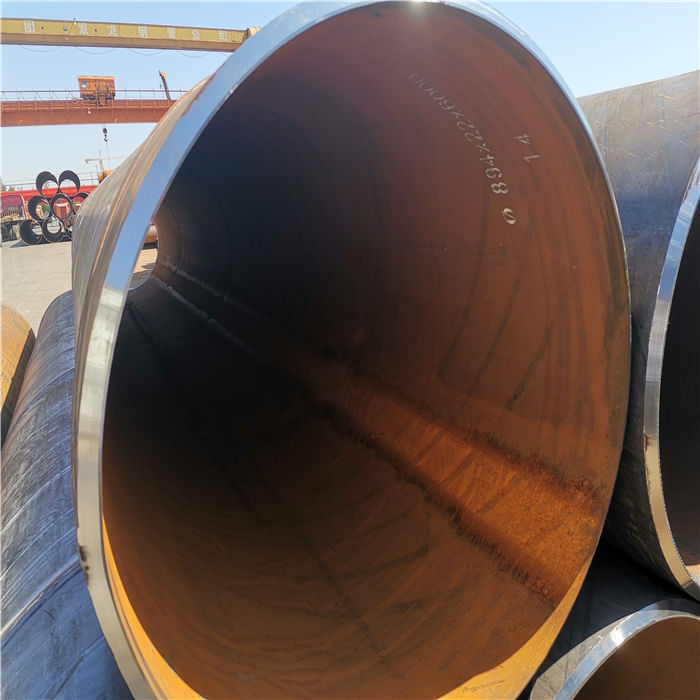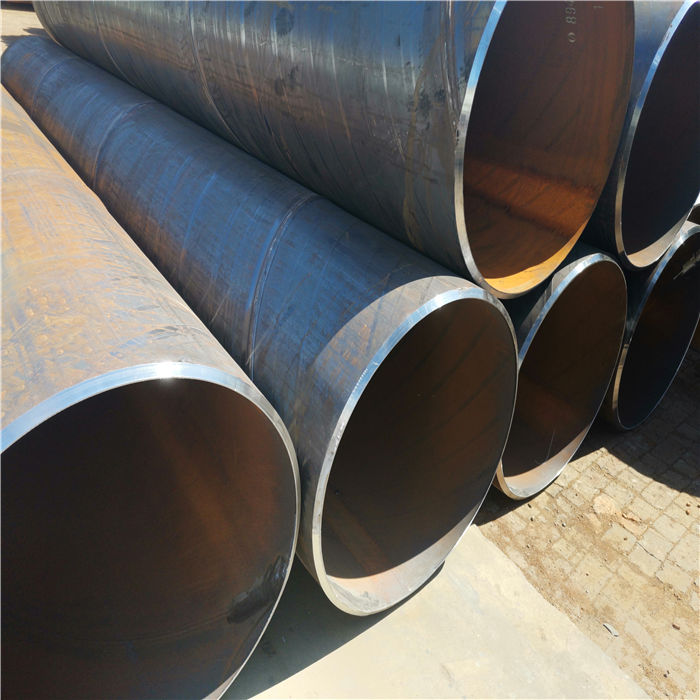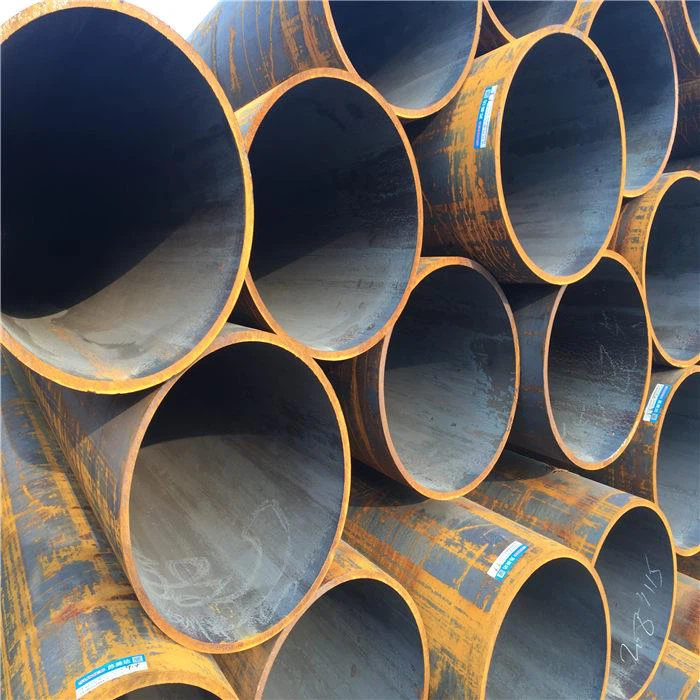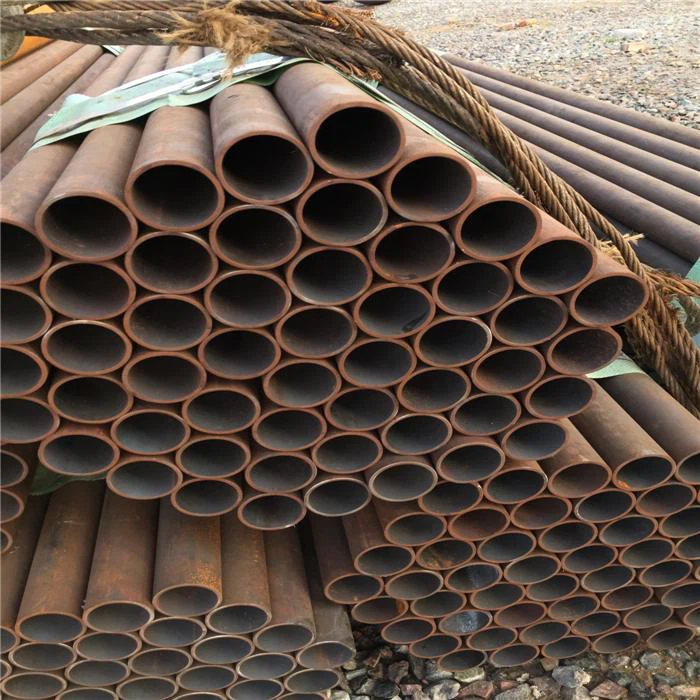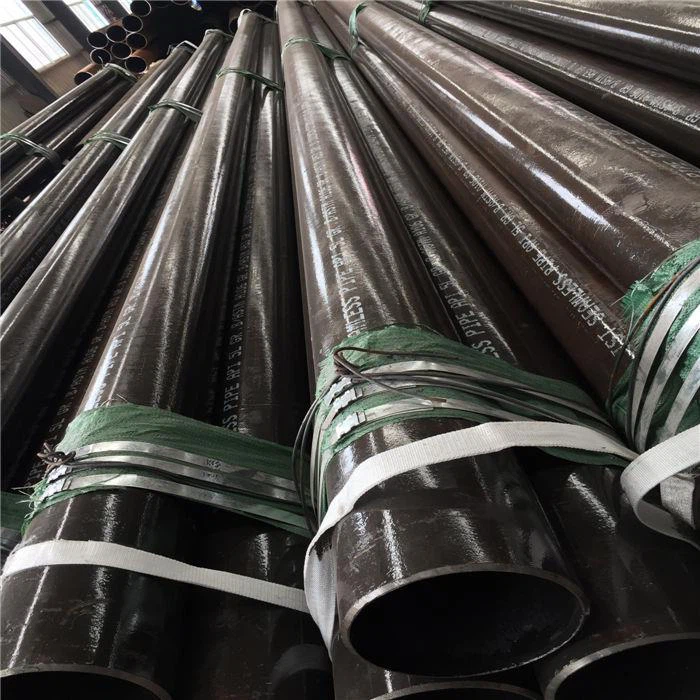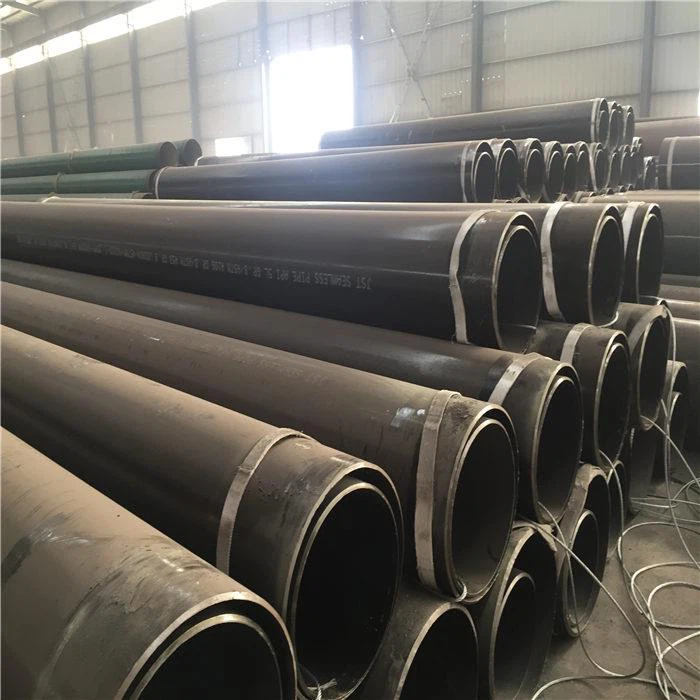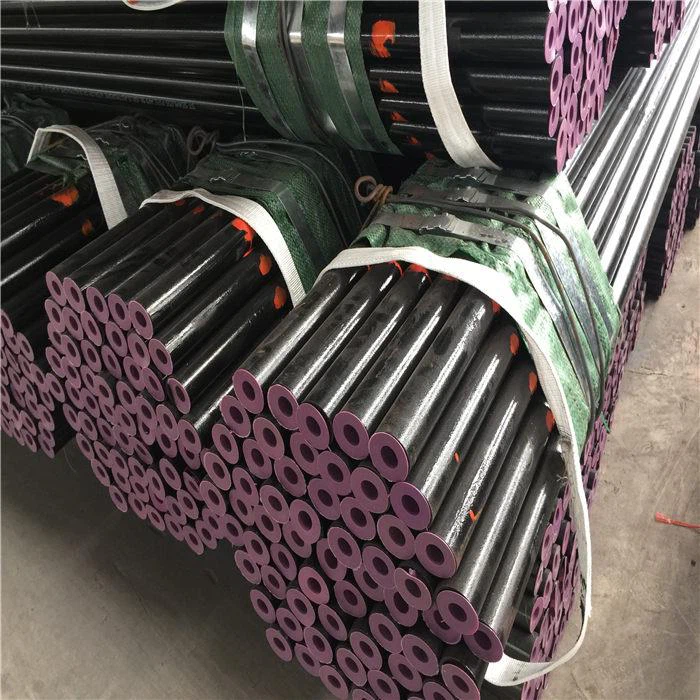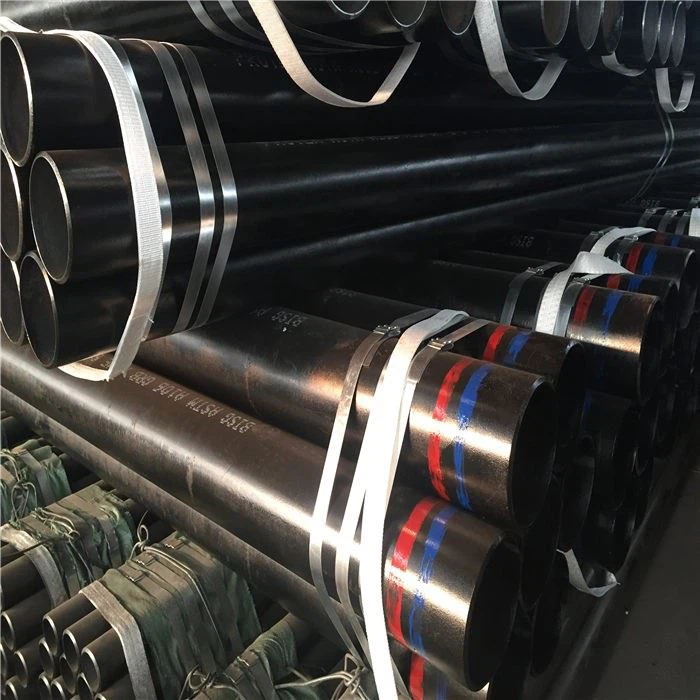Characteristics and applications of mild steel pipes
What is mild steel pipe?
As the name suggests, low-carbon steel pipes are steel pipes with mild content. Generally speaking, low-carbon steel pipes are different from seamless carbon steel pipes. Low-carbon steel pipes refer to steel pipes with a carbon content of less than 0.3%.Seamless mild steel tube belong to one of them.In addition to general steel pipes, low and medium pressure boiler steel pipes, high pressure boiler steel pipes, alloy steel pipes, stainless steel pipes, petroleum cracking pipes, and other steel pipes, low carbon steel pipes also include carbon thin-walled steel pipes, alloy thin-walled steel pipes, Shaped steel pipe.
Low carbon steel is also called mild steel because of its low strength, low hardness and softness. It includes most ordinary carbon structural steels and some high-quality carbon structural steels, most of which are used for engineering structural parts without heat treatment, and some are used for mechanical parts requiring wear resistance after carburizing and other heat treatments. Low carbon steel with carbon content from 0.10% to 0.30% is easy to accept various such as forging, welding and cutting, and is often used in chains, rivets, bolts, shafts, etc.
What is the Difference Between High Carbon Steel and Mild steel tube?
1. The difference in toughness: the annealed structure of low carbon steel is ferrite and a small amount of pearlite, its strength and hardness are low, and its plasticity and toughness are good. Therefore, its cold formability is good, and it can be cold formed by curling, bending, stamping and other methods. After proper heat treatment or cold drawing hardening, high carbon steel has high strength and hardness, high elastic limit and fatigue limit, and the cutting performance is acceptable, but the welding performance and cold plastic deformation ability are poor.
2. Application difference: low carbon steel has good weldability. Low carbon steel with carbon content from 0.10% to 0.30% is easy to accept various processing such as forging, welding and cutting, and is often used to manufacture chains, rivets, bolts, shafts, etc. High carbon steel is mainly used to make springs and wear-resistant parts. Carbon tool steel is a high-carbon steel that basically does not add alloying elements. It is also a tool steel with low cost, good cold and hot workability, and a wide range of applications.
3. Different carbon content: low-carbon steel is carbon steel with a carbon content of less than 0.25%, which has low strength and hardness, and good plasticity and toughness; high-carbon steel is often called tool steel, and its carbon content ranges from 0.60% to 1.70%, with high strength and hardness, high elastic limit and fatigue limit, acceptable cutting performance, but poor welding performance and cold plastic deformation ability.
